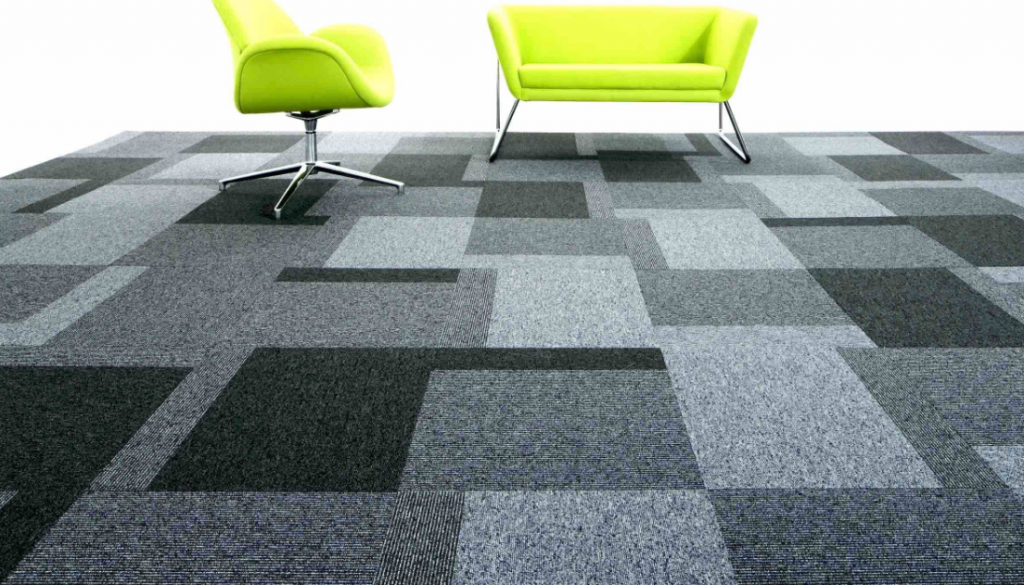Commercial carpet laying is a skilled trade that requires training and experience to do correctly. If you are considering installing commercial carpets in your business, it is important to hire a professional with the knowledge and expertise to do the job correctly.
There are a few things that you should keep in mind when you are hiring a professional to install commercial carpets in your business. You need to make sure that the person you hire has experience in the specific type of carpet you are interested in.
Choose your carpet wisely
Commercial carpet is made from a variety of materials, with each type having its own unique characteristics. Carpet made from nylon is most commonly used for commercial purposes because it’s durable, stain-resistant and easy to clean. However, if you’re looking for more luxury or style in your commercial carpeting, many other options are available.
Tools and Materials Needed
The tools you’ll need to install commercial carpeting depend on the type of carpet you choose and how much work needs to be done before installation begins. For example, if your floor has been stripped down to its sub floor, you’ll need a hammer drill, pry bar and small chisel to remove any nails that remain in place after stripping out the old flooring material. On the other hand, if there isn’t much prep work involved and you’re simply laying new carpet over existing flooring material, all you’ll need is a utility knife for cutting around door frames.

Tips for a Perfect Installation
- Avoid dragging your cheap carpet in Auckland while installing it. This can pull and stretch the carpet fibres, which can lead to premature wear and tear.
- Make sure that there’s enough space between each row of tiles or rolls to allow for expansion when the tile gets wet from spills or rainwater seeping through the roof.
- Don’t put too much weight on one side of your carpet tiles when laying them down; instead, try to distribute it evenly across both sides so that your tiles don’t warp or buckle when walked on regularly over time.
- Make sure that all edges are cut straight using a sharp knife so that they fit together seamlessly without any gaps between them; this will make it easier for people walking over them regularly without tripping over any loose ends.
Conclusion
Commercial carpet laying is not the same as residential carpet laying. Different types of carpets are used in commercial areas, and installation techniques are different.
For further information visit this website!

